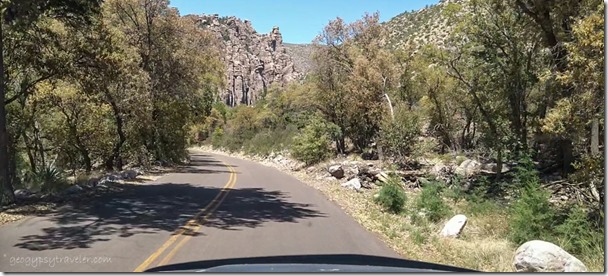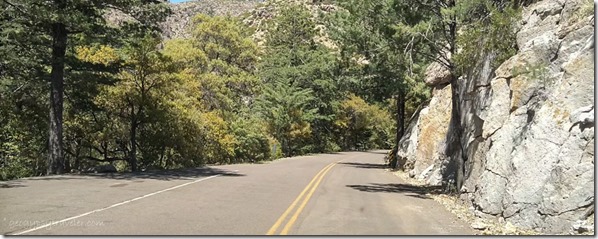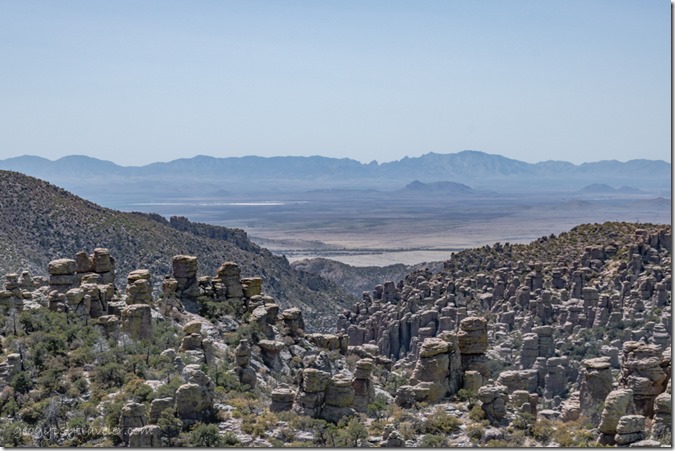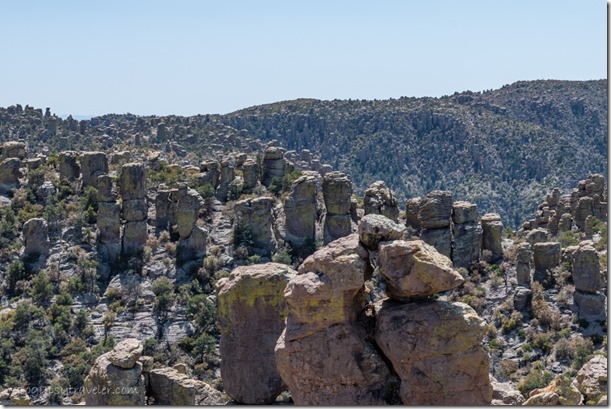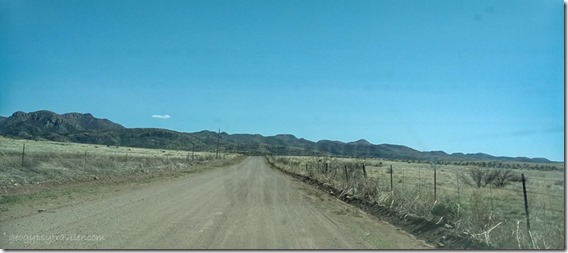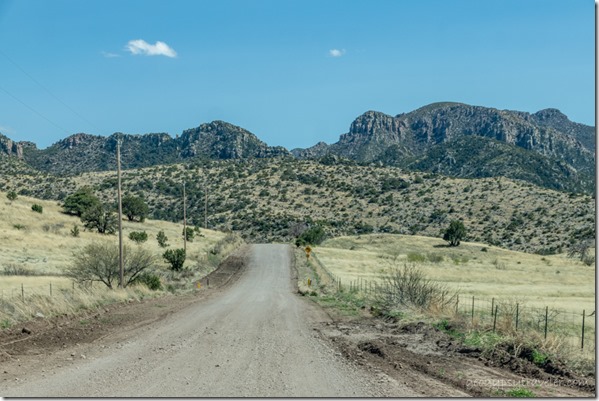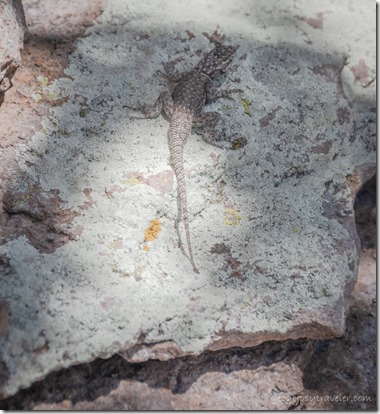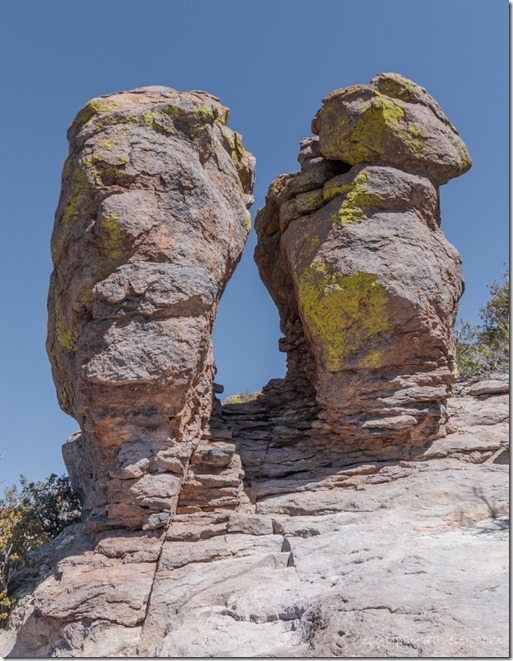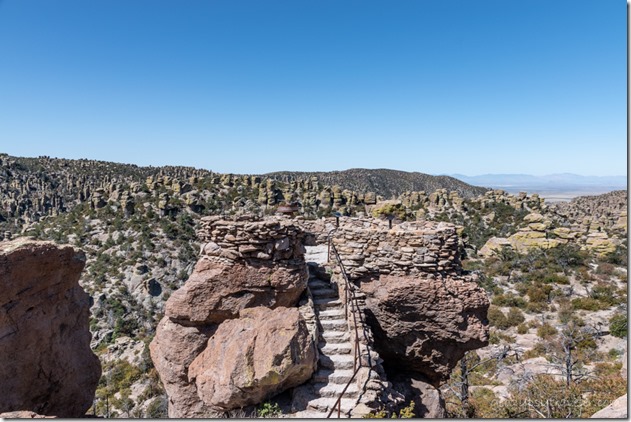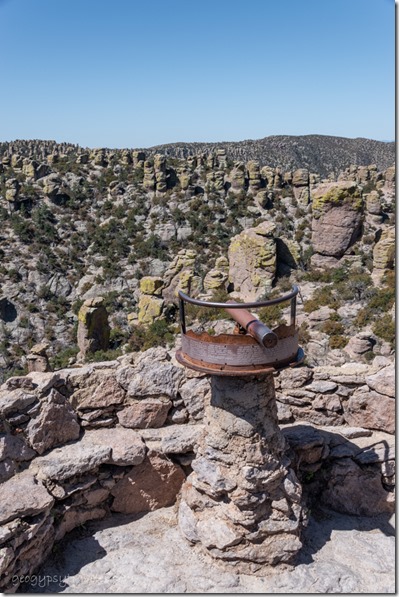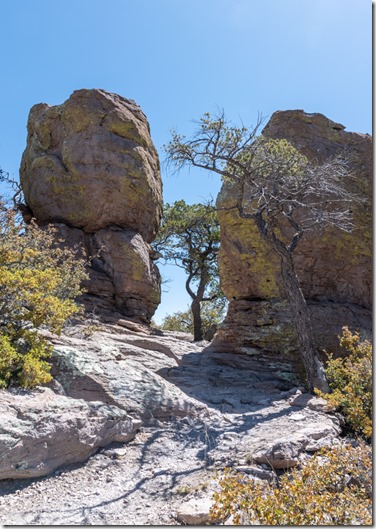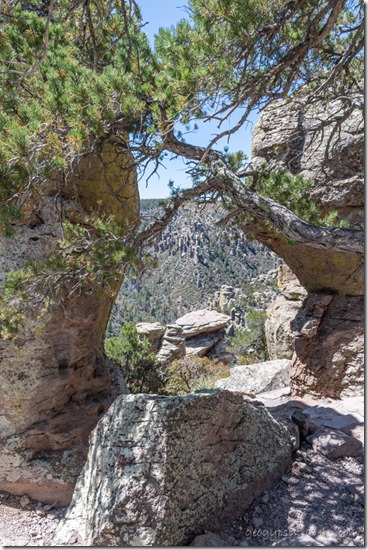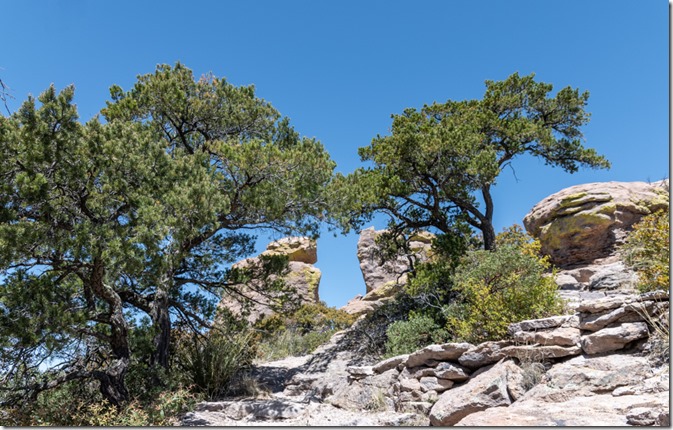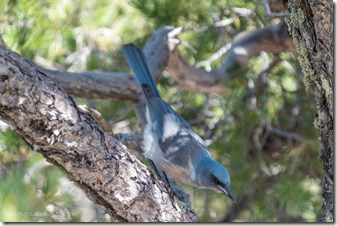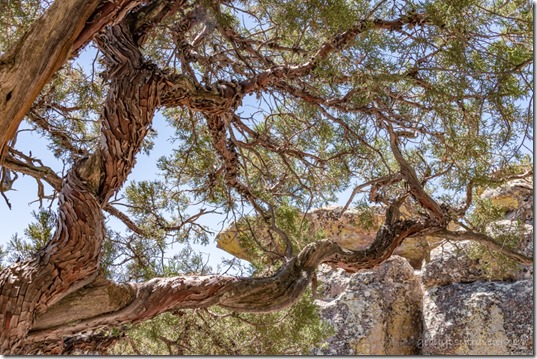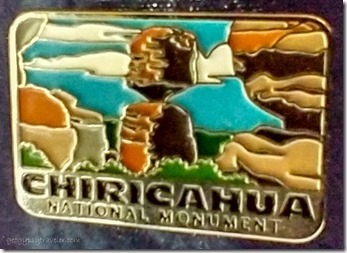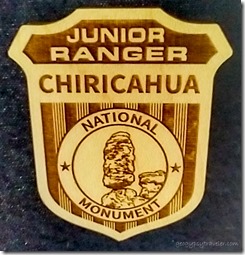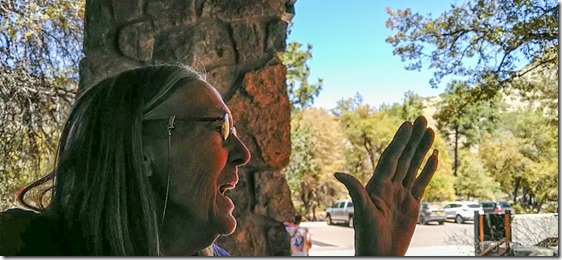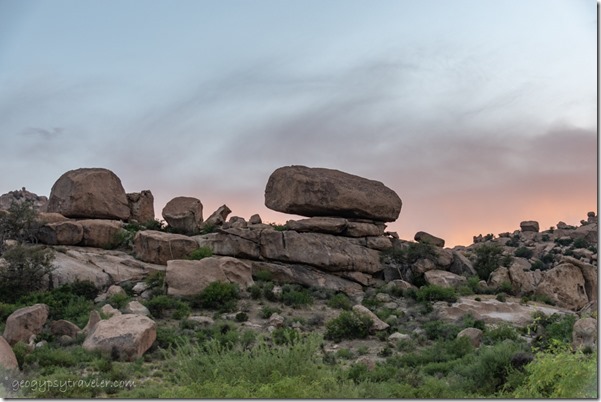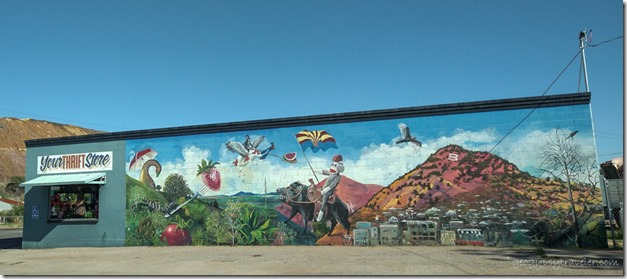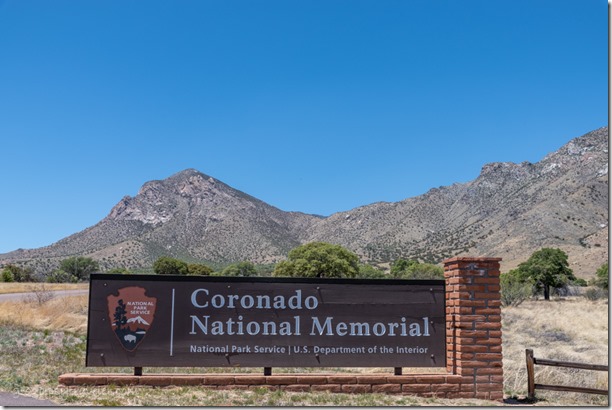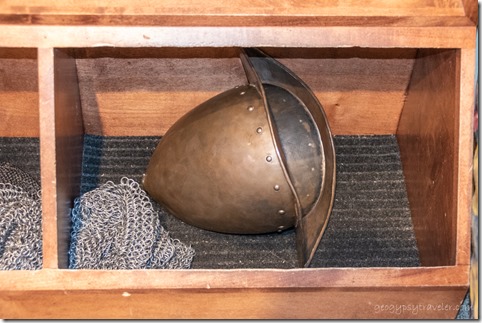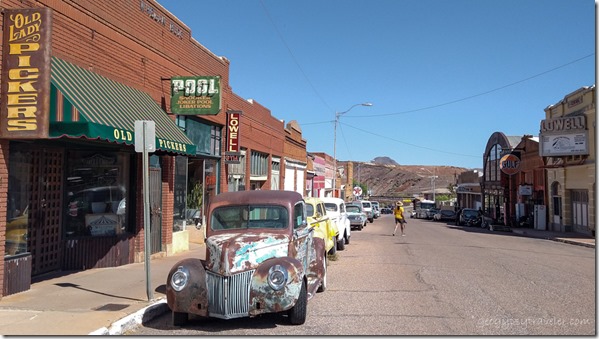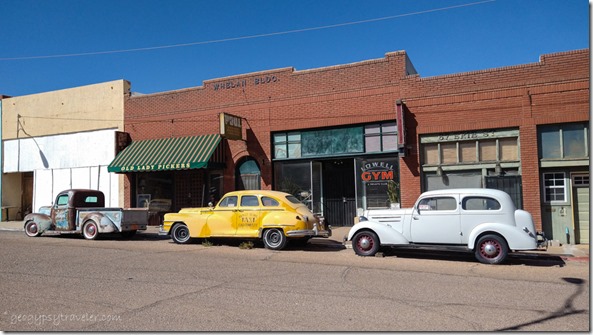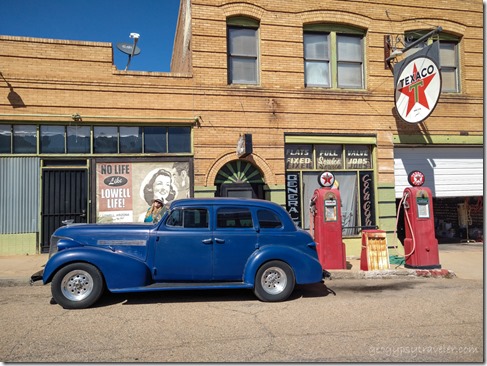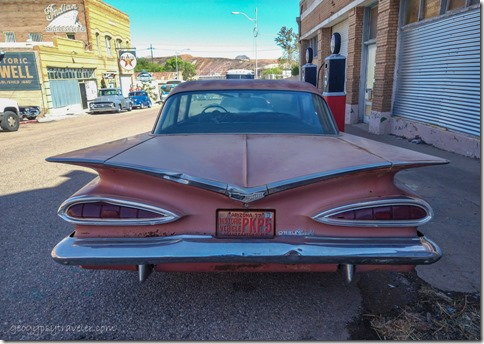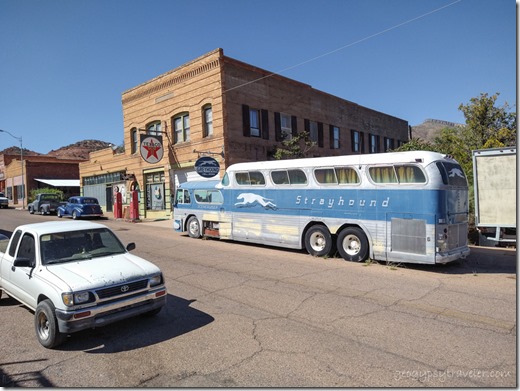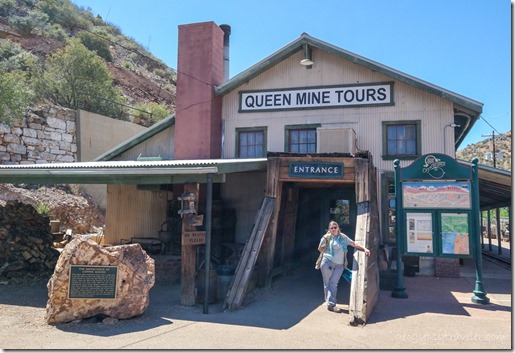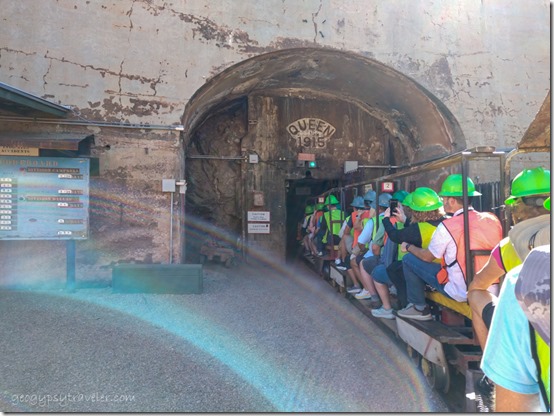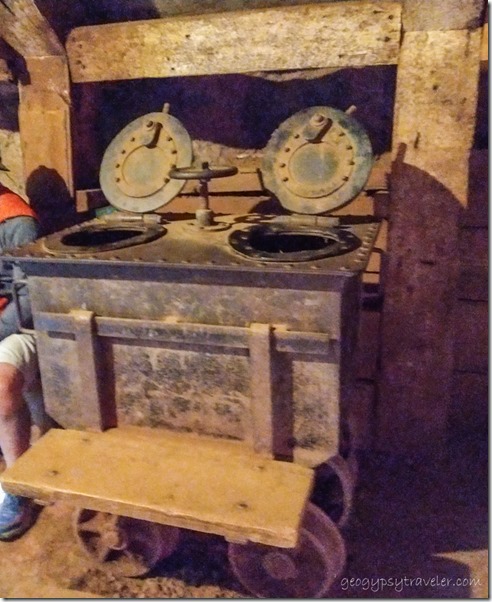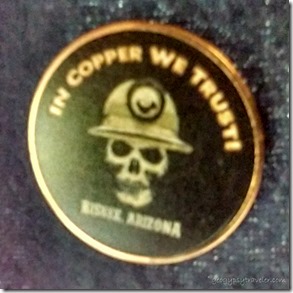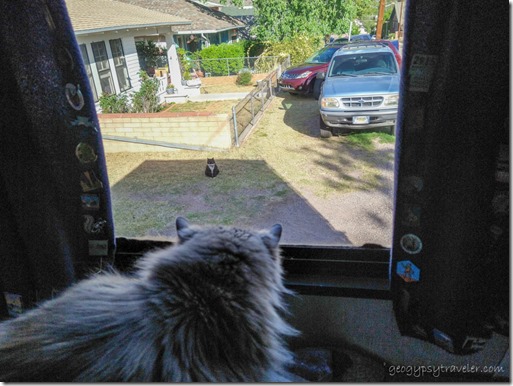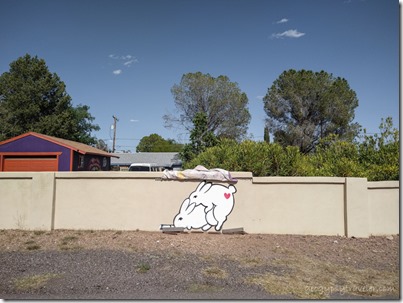Yes, I am far behind blogging, and also posting videos. It’s already a busy summer. In fact I’m trying to catch them up to at least the same amount of time behind. I last posted about the amazing pillars of rocks in Chiricahua National Monument visited in April, and that video can be found here.
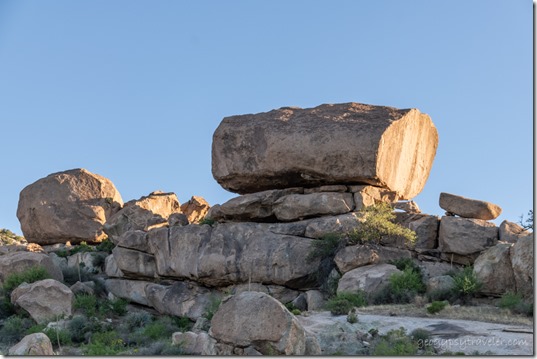 Indian Bread Rocks Recreation Area
Indian Bread Rocks Recreation Area
The next place I stayed at for two weeks, so lots of photos coming with that story.
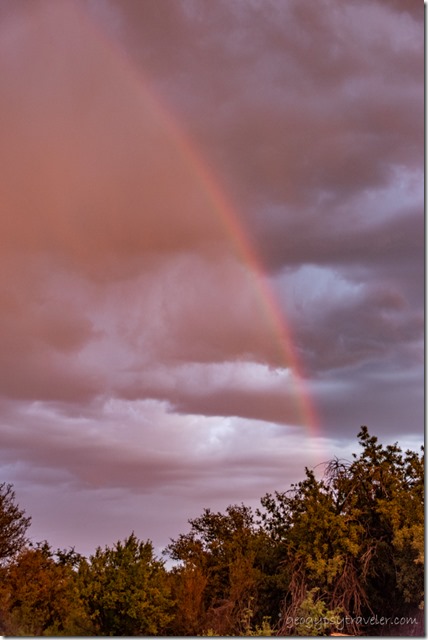 Yes, I went home for several weeks to regroup, make plans, and not be on the road for Memorial Day weekend. Maybe I’m crazy to travel during summer.
Yes, I went home for several weeks to regroup, make plans, and not be on the road for Memorial Day weekend. Maybe I’m crazy to travel during summer.
First of June I left for summer travels. First I visited several friends and don’t have much to share from those stops, but do have many wonderful memories.
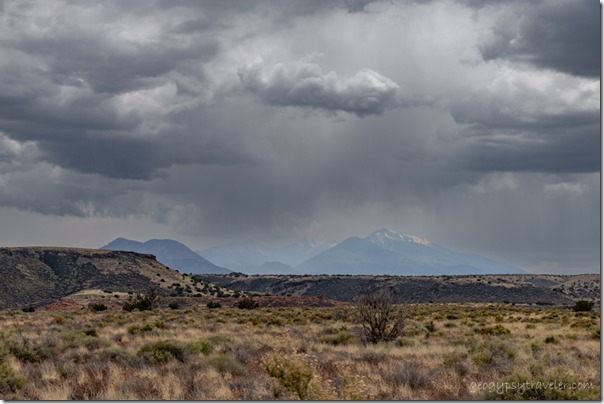 San Francisco Peaks from Wupatki National Monument
San Francisco Peaks from Wupatki National Monument
I returned to a few familiar places with different views.
Then I went to the South and North rims of Grand Canyon and that story and pics will be coming, eventually.
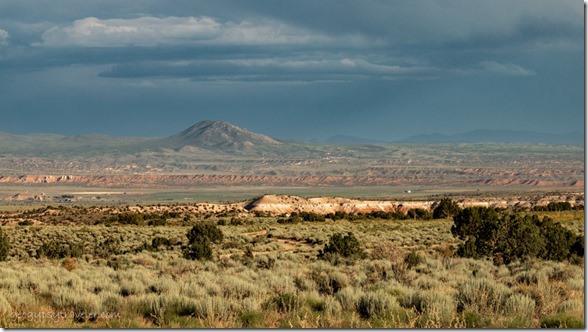 BLM camp view near Pioche Nevada
BLM camp view near Pioche Nevada
Finally got to Utah and visited several more friends before starting to feel the heat of summer and heading into Nevada to several new to me places.
And I’m enthralled with Nevada landscapes.
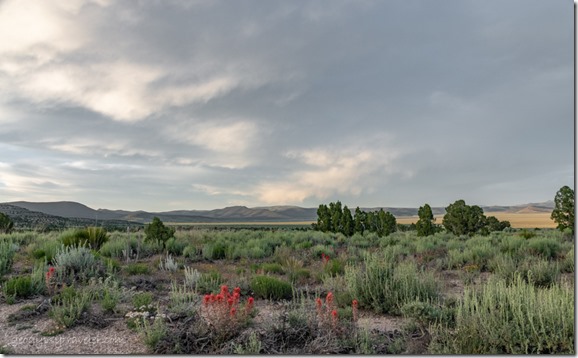 As a friend said MOAN, for the Middle of ABSOLUTELY Nowhere, along America’s Loneliest Highway. It’s gorgeous! And the high elevation keeps me summer cool.
As a friend said MOAN, for the Middle of ABSOLUTELY Nowhere, along America’s Loneliest Highway. It’s gorgeous! And the high elevation keeps me summer cool.

Jakey Valley and Egan Range
And now I find myself waiting for another holiday weekend to pass, avoiding possible rain, and staying in temperatures below 90°.
 Painted on a street in Kanab Utah
Painted on a street in Kanab Utah
Where next? Stay tuned, and I will catch up eventually. I might even make it to Oregon this summer.

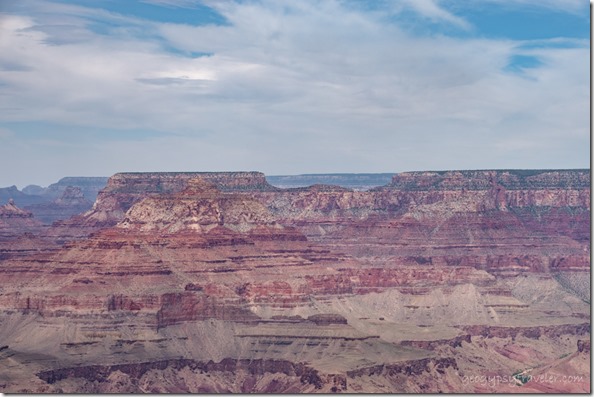

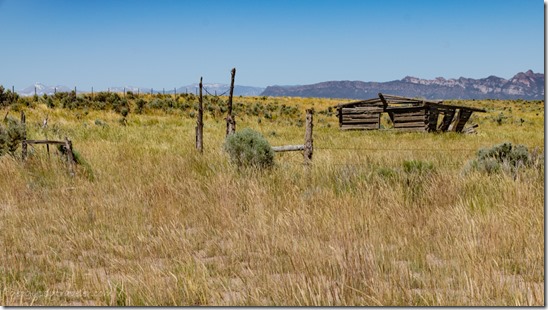
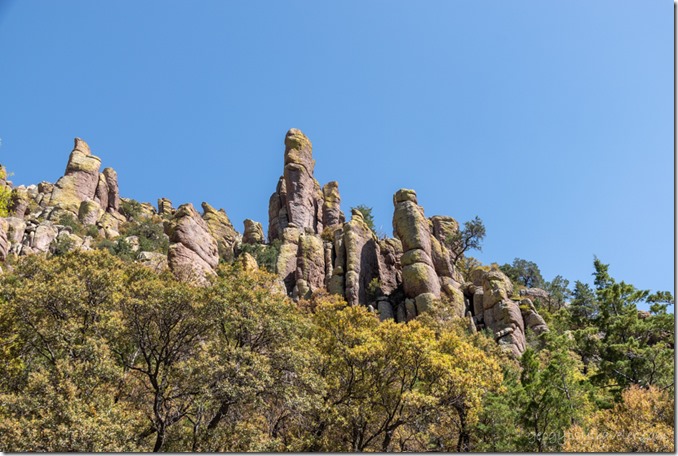
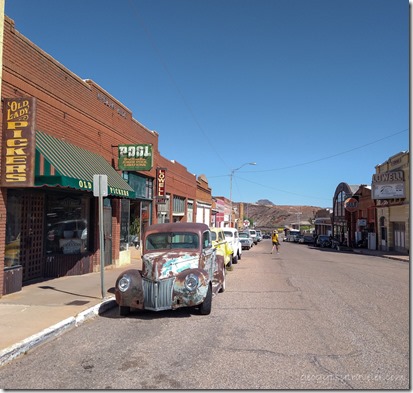
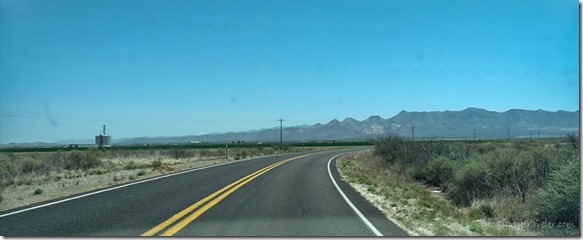
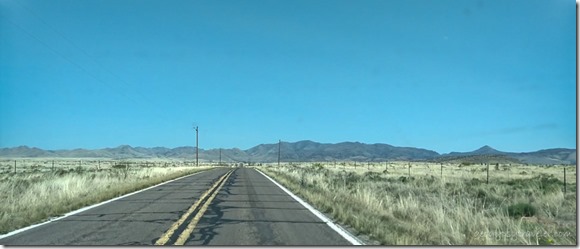
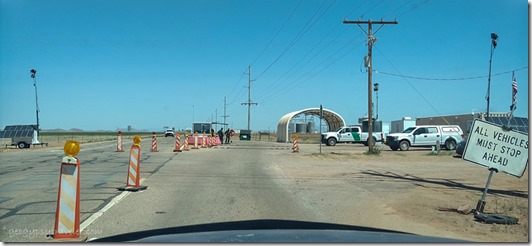
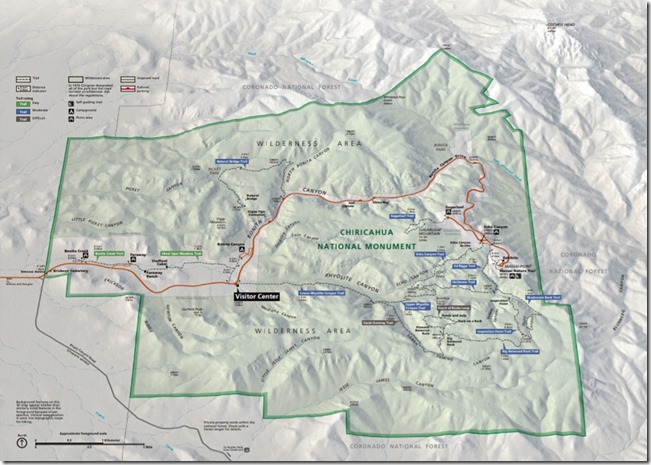 Once I entered Chiricahua National Monument there was a small cemetery for Erickson family members who settled here in 1888 building the Faraway Ranch, but their home was closed for renovations. They were preceded by the Chiricahua Apaches as the first known people to occupy the area—and visited by the Spanish during the 1500s—before being relocated by the government in 1886.
Once I entered Chiricahua National Monument there was a small cemetery for Erickson family members who settled here in 1888 building the Faraway Ranch, but their home was closed for renovations. They were preceded by the Chiricahua Apaches as the first known people to occupy the area—and visited by the Spanish during the 1500s—before being relocated by the government in 1886.